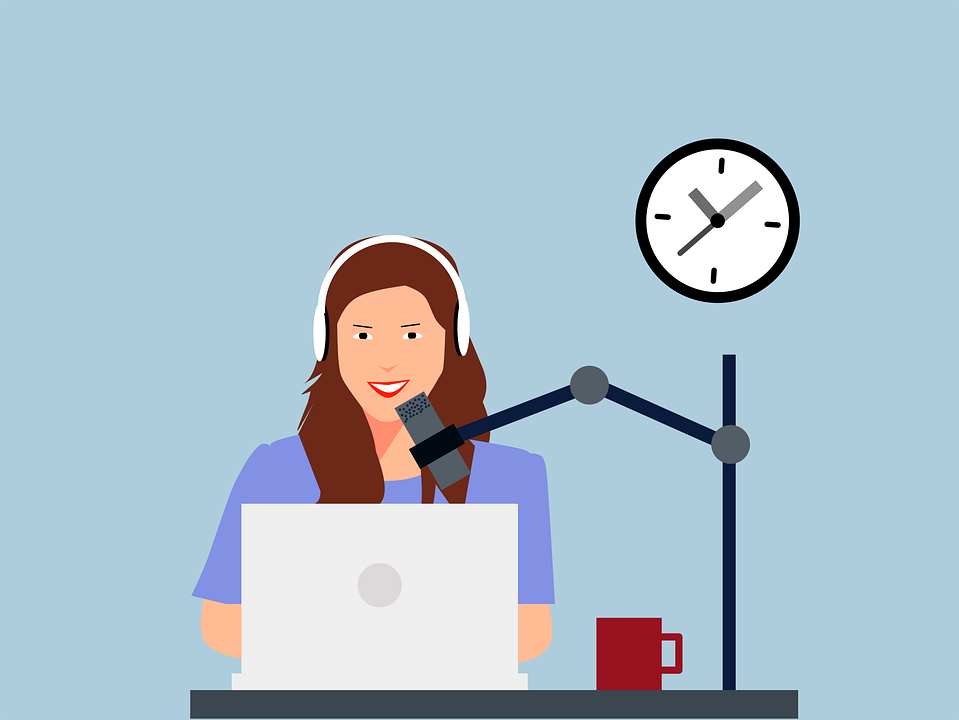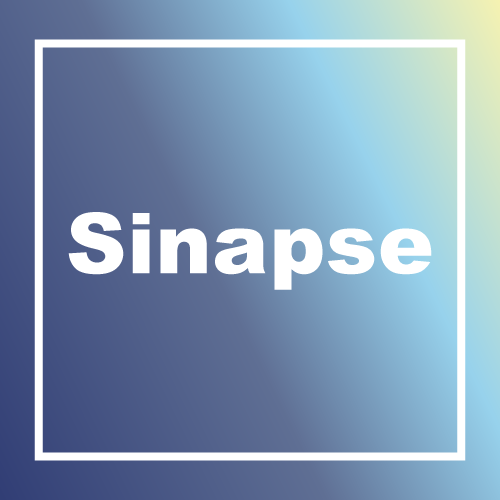Balance between personal and professional life” is at the top of professional women’s concerns
Aberje’s survey “Women in Communication – Their strength, their challenges” addresses the personal and professional profiles and the issues and challenges related to gender in organizations

Understanding the challenges of women in the labor market is essential for a deeper questioning of professional relationships. Having this goal as a driver, Aberje carried out the second edition of the survey “Women in Communication – Their strength, their challenges,” addressing the personal and professional profiles and the issues and challenges related to gender in organizations.
The survey included 554 women who work in communication in various organizations and regions of the country. The main problems faced by women in the organizations in which the participants currently work are the lack of training for women (38%), the low level of promotion for women (37%), the lack of sorority among women (36%), inequality of treatment between genders (28%), lower wages paid to women (24%), and harassment by co-workers (17%).
Participants profile
Regarding the personal profile, most of the survey participants (76%) are self-declared White, a rate similar to the survey carried out in 2017. Regarding age, 14% preferred not to respond. Of those who responded, 43% are members of Generation Y/Millennials (ages between 26 and 41). Generation X – between 42 and 57 years old – comprises 33% of the participants. Regarding gender identity, the absolute majority (98%) declared themselves to be cisgender, that is, identified with their gender at birth – other answers to the question were non-binary, transgender, or did not want to answer.
As for academic training, all participants have higher education, and 3% are still studying for an undergraduate degree. 52% of the participants studied Journalism; 19% it is Public Relations; and 14%, Advertising. 64% of them did or are doing a specialization/MBA, 10% a master’s, and 4% a Ph.D. Communication (40%) and Marketing (26%) are the preferred areas for graduate studies.
Most participants (67%) work in private organizations – 41% domestic and 26% multinationals. The companies they work for cover almost all sectors of the economy, especially communication agencies (18%) and the service sector (11%). Most of these companies (51%) are large and have more than 1,000 employees (50%). 52% hold leadership positions in their organizations, with 11% at the board/VP level, 18% at the management level, and 23% at the coordination/supervision level. 25% of the participants have worked in the current organization for up to 3 years. 54% of the participants have worked in the current organization for less than ten years; 14% for more than 15 years.
Communication Processes
The processes most covered by the current positions of the participants are internal communication (71%) and external communication (70%). Also highly mentioned were digital and social media (61%), press relations (60%), events (59%), and crisis and risk management (51%). The least covered processes are government relations (13%) and corporate memory (16%).
Gender issues
For the vast majority (67%) of the participants, the most critical issue women face in the work environment is “the balance between professional and personal life,” also demonstrating the presence of a strong culture in which women are responsible for managing family issues. Inequality of pay compared to men (34%), the glass ceiling (26%), and lack of promotion opportunities (22%) are also seen as essential issues faced.
Most participants (81%) believe that having a policy in place contributes to gender equity in the organization. However, only 29% of the organizations in which the participants work for have policies and adopt formal practices regarding gender equity.
Men in the lead
The number of men in leadership positions is still higher in the majority (61%) of the current organizations of the participants. However, in 19% of the organizations, the number of women in leadership positions is already higher; 13% is equal to the number of men and women in leadership positions. 41% of respondents feel uncomfortable (31%) and uncomfortable (10%) with this imbalance between men and women in leadership roles.
The initiatives of organizations related to the development of women in leadership are still modest since only 24% of the current organizations of the participants have specific programs for this purpose. Of those that do, coaching/mentoring programs are defined by 15% of them. Some programs within the scope of the corporate university (7%) are also carried out and the training programs carried out by the market.
Problem-solving (74%) and focusing on results (71%) are where participants believe men do not perceive women as very effective. Also, in delegating (44%), consolidating teams (37%), and influencing others (35%), they believe that women are not perceived as very effective by men.
Important competencies and skills
The principal competencies/skills to be worked on in female leadership development programs are career planning (57%) and work-life balance (46%). Also seen as necessary are image-building – personal branding (38%), trust (38%), executive posture – executive presence (37%), and communication (37%).
Another point highlighted in the survey is the issue of harassment, one of the most significant problems faced by women in the workplace, so much so that 72% of the participants – or three in four – have already faced harassment in the workplace, as well as 77% have witnessed acts of harassment against other women in the workplace. Even so, most believe in organizations since 52% of participants understand that the most convenient thing in these cases is to access the whistleblowing channel available.
Both wages (39%) and opportunities for professional growth (41%) are equal, regardless of gender in the organizations where participants work. In 23% of the organizations, the remuneration of women is lower than that of men, and in 33% women have less opportunity for professional growth than men.
Strategies and changes for equity
The main changes or strategies to be implemented by organizations and which will contribute most to achieving gender equity are: changes in organizational culture (51%), affirmative strategy of equal opportunity between genders (49%), changes in recruitment and selection policies, and practices (43%) and increasing the number of women in decision-making roles (40%).
Participants believe that the most effective organizational initiatives to overcome challenges faced by women in their current organization are: setting and monitoring goals for gender equity (38%), dedicating resources to driving gender equity initiatives (36%), intensifying the organization’s communication around the commitment to gender equity (35%), and developing women’s careers (34%).
Access to the best career opportunities in the current organizations of the participants is due to three determining elements: professional experience (56%), individual performance at work (48%), and network of contacts (41%). This access still occurs in 15% of participating organizations due to gender.
Read the coverage by clicking here and watch Aberje’s video on Youtube:
https://www.youtube.com/watch?v=wHhIxRCu2xY&t=22s
Destaques
- Global Alliance Launches Recognition Program for Young Communicators
- Alejandro Cornejo Montibeller Joins the Latin American Regional Council of the Global Alliance
- LiderCom Meeting Discusses International Expectations for COP30
- Sports as an instrument of Change
- Aberje Launches Newsletter with Economic Panorama
ARTIGOS E COLUNAS
Giovanni Nobile Dias O alarmante retrato da leitura no paísCarlos Parente A comunicação precisa de um olhar menos vazioLeonardo Müller Bets no Brasil: uma compilação de dados e estimativasLeila Gasparindo A força da Comunicação Integrada: unindo Influenciadores e assessoria de imprensaAgnaldo Brito Diálogo Social e Comunicação Corporativa: A Construção do Valor na Era dos Dados




























